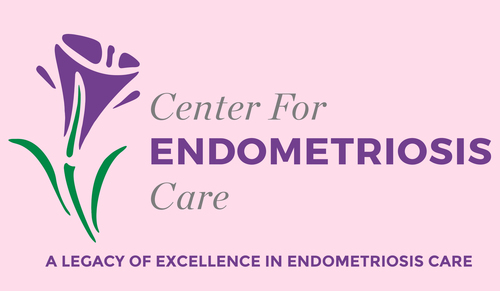Presacral Neurectomy
© Ken Sinervo MD, MSc, FRCSC. All rights reserved. No reproduction permitted without written permission. Revised since original publication and current as of 2023. No external funding was utilized in the creation of this material. The Center for Endometriosis Care neither endorses nor has affiliation with any resources cited herein. The following material is for informational purposes only and does not constitute medical advice.
While the majority of patients with pelvic pain do improve following treatment of their endometriosis with surgical excision (approximately 85%), a small portion may continue to have symptoms from other pain generators; i.e. uterine cramping during periods or uterine irritability due to other conditions. Most commonly, this can be attributed to Adenomyosis. The next most common condition is primary dysmenorrhea: painful cramping of the uterus without any obvious cause.
Adenomyosis is a common disease clinically defined as “the presence of endometrial glands and stroma within the myometrium” [Gong et al., 2022]. The myometrium is the medical term for the muscular portion of the uterine wall. Adenomyosis can cause heavy, crampy periods, backache, painful intercourse and/or continuous pain (and more) throughout the month. The pain is usually midline, but may rarely radiate to one or both sides. Surgeons and scientists are always investigating emerging treatment modalities for the condition, but most commonly, management ranges from use of NSAIDS, birth control or Mirena® (a progesterone-coated IUD), to hysterectomy (considered definitive treatment) in those patients for whom fertility is not a priority, or Presacral Neurectomy (PSN).
Presacral Neurectomy is a procedure that can be performed through a larger incision in the abdomen (laparotomy), or preferably, through the minimally invasive laparoscopic approach. At the CEC, we perform all our PSNs by laparoscopy. During laparoscopy, a small incision is made below the belly button and typically, two smaller incisions are made at the bikini line. Any other pathology is addressed (such as excision of endometriosis that may also be present) and then the PSN can be performed.
The nerves coming from the uterus, which conduct pain signals, are interrupted or cut to prevent those signals from reaching the brain. Most studies suggest that PSN helps approximately 75% of the patients who have it performed. Most commonly, the results are immediate and last for many years. There have been some studies that suggest the nerves can grow back, but this cobweb-like group of nerves does not usually have a sheath along which they could grow back.
The removal of the nerves is performed in the area near the sacral promontory between the major blood vessels. This surgery must be performed carefully and meticulously in order to avoid injury to these vessels and the right ureter, which delineates the lateral border of the dissection for the PSN. We have performed countless of these procedures and have not had any injuries to the vessels where the presacral nerves or hypogastric plexus lies. Few gynecologists have training in PSN, however, and subsequently, most do not perform the procedure.
As with all surgery, there are some potential side effects that could occur, but these are uncommon, occurring in less than 5-10% of patients. They include constipation, which is usually mild and often improves over time or with dietary modification, and urinary complaints, that include urgency, which can usually be managed with timed voiding. Often, bladder urgency is improved, while about 5% may note a worsening of urgency, which can often be managed with timed voiding.
There is another procedure called the Laparoscopic Uterosacral Nerve Ablation, or LUNA, which has also been studied. This procedure involves cutting those nerves that run in the uterosacral nerve region, which lead to the superior hypogastric plexus that is removed during a PSN. Uterosacral ligaments that lie behind the uterus carry these nerves. However, the majority of the nerves actually lie adjacent to the ligaments and when a LUNA is performed, the nerves may not be completely transected. Most studies do not find as good, long-term relief following LUNA, and few find any significant relief beyond 6 months. Because of little long-term benefit, most endometriosis specialists or pelvic pain specialists do not perform LUNA anymore, including CEC surgeons.
Because it is an organ-sparing option, PSN has no impact on fertility or pregnancy; it also does not affect the activity of the uterus during labor. There has been some suggestion that PSN may result in “painless labor”, and we usually recommend that patients mention to their obstetricians that they have had a PSN so that their cervical length can be followed to make sure they are not having premature labor they cannot feel. The likelihood of this occurring is said to be minimal.

